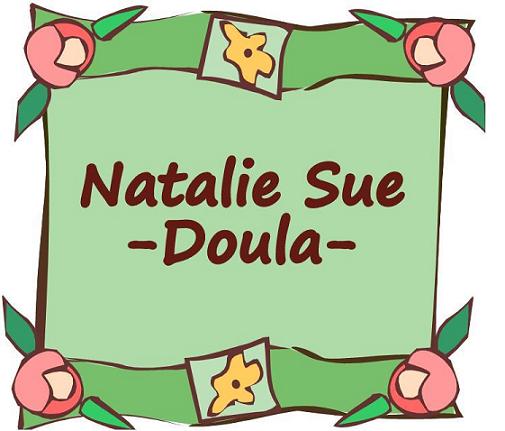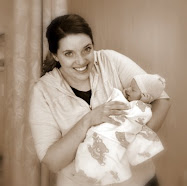http://www.abc.net.au/science/articles/2012/05/09/3469075.htm#artBookmarks
Stem cells discovered in human milk can turn into any kind of tissue, explains Dr Foteini Hassiotou.
By: Abbie Thomas
Five years ago, Dr Foteini Hassiotou was part of a research team, the Hartmann Human Lactation Research Group at the University of Western Australia, which discovered that human breast milk contains what appear to be stem cells. These cells can potentially turn into many different types of cells, and offer staggering potential for treating a huge range of human diseases.
Hassiotou, the newest member of the group, found that some of these stem cells are very similar to embryonic stem cells — the most potent and useful stem cell of all.
"My work focuses on the different types of cells that are present in breast milk, and my interest is mostly in the stem cells," she says.
The chameleons of the body, embryonic stem cells can change into any type of cell, from neurones to nephrons, bladder tissue to heart muscle.
By regrowing failing organs and also delivering vaccines direct to diseased tissue, embryonic stem cells could treat heart failure, spinal injuries, diabetes and Parkinson's disease.
But there's a catch: to date, the only way to obtain embryonic stem cells has been to harvest them from a six-day-old human embryo, destroying a potential human life in the process.
"At the moment there are two main sources for stem cell therapies: stem cells from the bone marrow, or from umbilical cord blood," says Hassiotou.
These types of stem cells have a more restricted use: cord blood is specifically used to treat blood and immune disorders; and bone marrow is used to treat life-threatening blood disorders such as leukaemia and thalassaemia.
"Whereas breast milk can be accessed non-invasively, there's plenty of it, you don't have to do any surgery," she says.
"We've just started transplantation experiments and we've shown that they can differentiate into many different cell types outside the mammary lineage … we've turned them into bone cells, brain, liver, and pancreatic cells that produce insulin.
"I guess the next step would be to see how that would work in vivo, to see how these cells behave when they were injected into the animals."
Insights into breast cancer
Hassiotou says the lactating breast also provides an ideal model for understanding how breast cancer can develop.
During pregnancy, she says, the breast transforms itself into a milk producing organ with the help of stem cells. "There is a stem cell population in the breast that gets activated and has to multiply and then differentiates in order to remodel the breast."
She explains that some types of breast cancer are thought to be initiated by mammary stem cells: the normal breast stem cells get out of control, start to proliferate and give rise to cancer.
"Now with the lactating breast (by comparison), we also have a degree of cell proliferation where stem cells get activated and start multiplying, but they are under control.
"By comparing these two, we can understand what makes cells become out of control and how we can treat this."
One more radical idea emerges from this work: a new insight into the 'breast is best' debate.
"Since these stem cells are in the milk, and nothing exists without a purpose, I believe that they have a role for the baby. Since these cells can differentiate into all the different cell types, my hypothesis is that they may contribute to the baby's development early on, not only its immunity but also the development of the different tissues and organs."
"Now it's going to be about finding some results that prove that."




